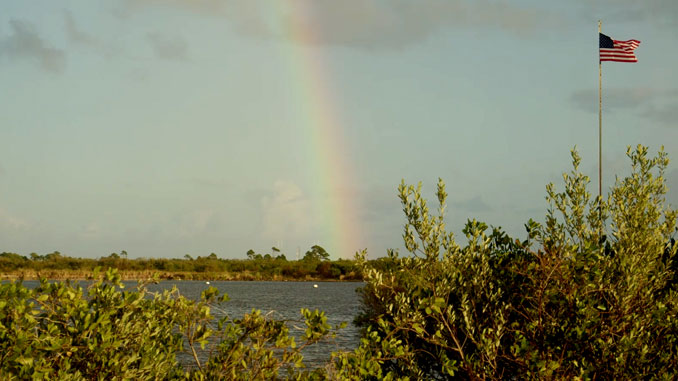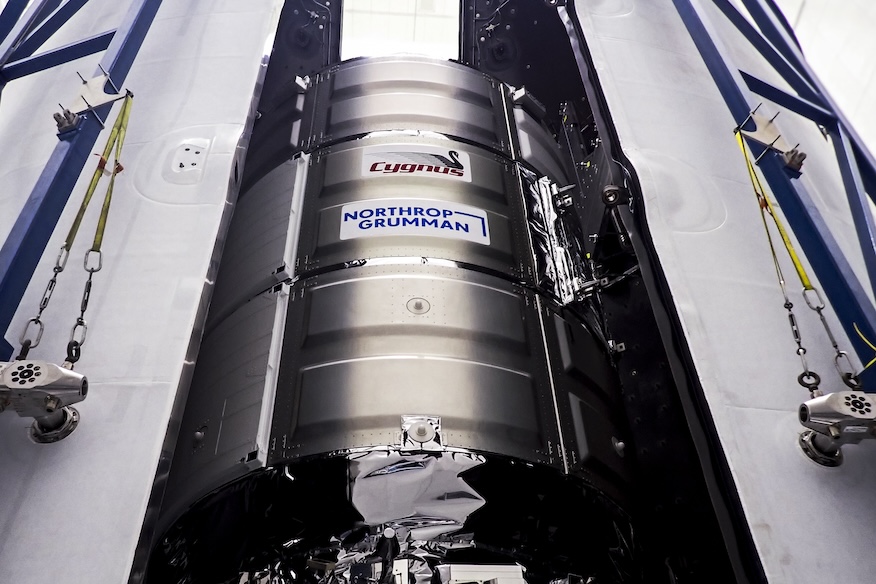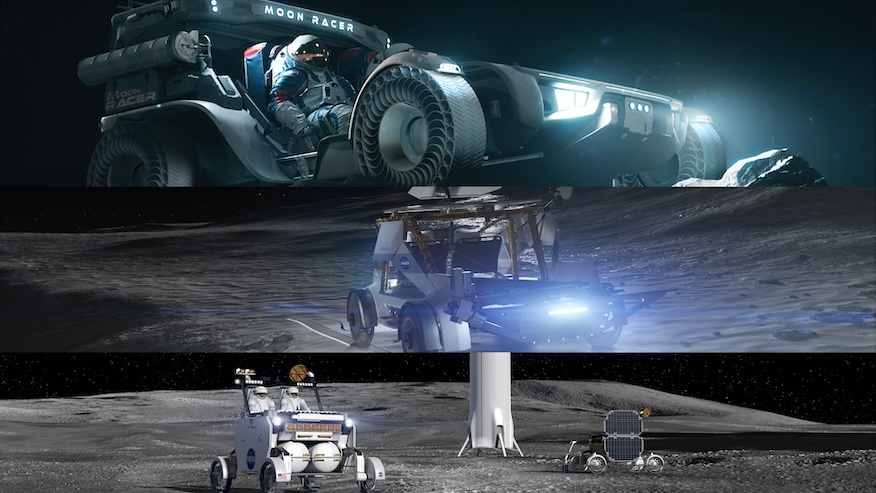
Update Nov. 3, 1:42 p.m. EST: Added information about the booster flying this mission.
Update Nov. 3, 5:40 p.m. EST: A helium issue scrubbed the mission.
A helium-related issue on the first stage of SpaceX’s Falcon 9 rocket scrubbed a launch from Cape Canaveral Space Force Station Sunday. The mission was set to add another batch of 23 Starlink V2 Mini satellites to SpaceX’s growing megaconstellation.
The timing of the Starlink 6-77 mission from pad 40 is now up in the air, given that a delay to Monday would put it just hours before the planned launch of the CRS-31 Cargo Dragon mission to the International Space Station. NASA has a 24-hour stand down agreement with SpaceX during which it won’t launch another Falcon 9 rocket with that period prior to a NASA mission.
Spaceflight Now will have live coverage beginning about an hour prior to liftoff.
Coming into the launch opportunity on Sunday, the 45th Weather Squadron forecast pretty idyllic conditions at the pad during the launch window. Meteorologists were tracking a 90 percent chance of good weather at Space Launch Complex 40 (SLC-40), with liftoff winds and cumulus clouds being the primary concerns. However, launch weather officers also flagged the booster recovery weather as a watch item, listing that as a “moderate” risk.
They also forecast weather conditions would drop to 80 percent favorable on Monday, with booster recovery risk rising to the “high” level.
As of the 9 a.m. EST (1300 UTC) update from the National Hurricane Center, a storm categorized as “Disturbance 2” has a 10 percent chance of forming into tropical cyclone within 48 hours. The storm is parked just north of Haiti and the Dominican Republic and south of The Bahamas.
The Falcon 9 first stage booster supporting this mission, tail number B1085 in the SpaceX fleet, will launch for a third time. It previously supported the Crew-9 astronaut mission to the International Space Station and Starlink 10-5.
The SpaceX droneship, ‘Just Read the Instructions,’ is on tap to support this mission, stationed in the Atlantic west of the Bahamas. If all goes according to plan, this will mark the 96th booster landing for JRTI and the 362nd booster landing to date.


